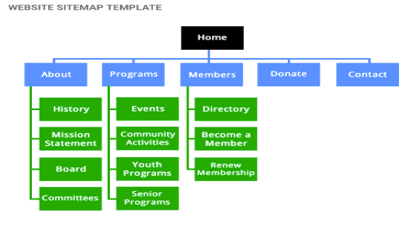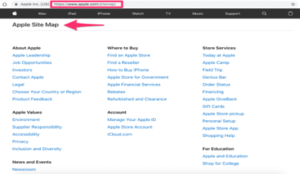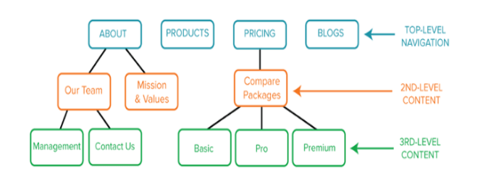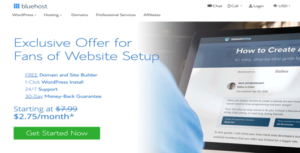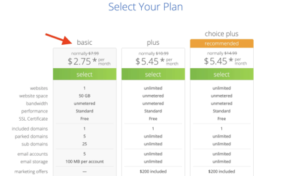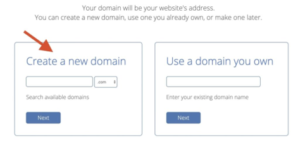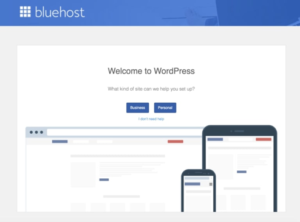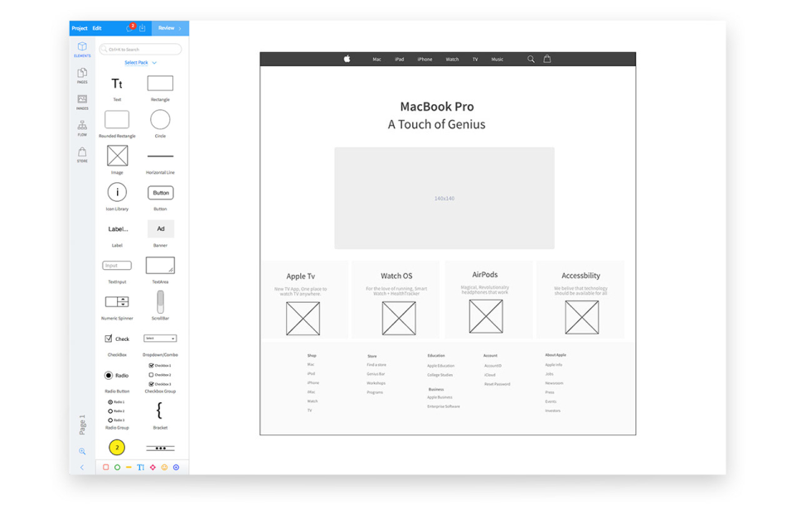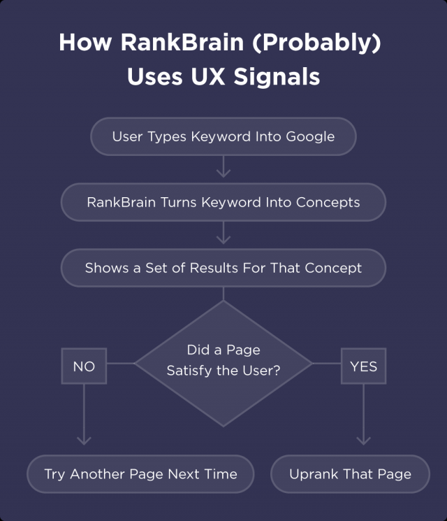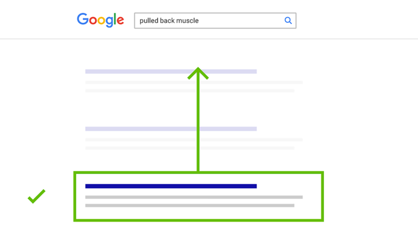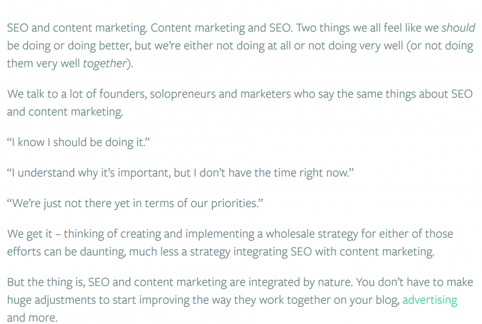Development of a website: Steps
PHASE 1: Discovery and Planning
Planning a website starts with research of how your market works , your users, your competitors and your business. If you already have a website, you can use existing web analytics data to understand how well you are meeting your users’ needs.
Key questions you need to ask.
- Business: What are your business aims? How should this digital strategy and material help you to achieve those objectives?
- Users: Who are your users, how can you target them?
Before any web design process starts, the digital marketing and development team should decide what browsers, operating system and devices will use.
In the context of the above, search engines like Google are committed to displaying the most relevant results to visitors for any given search query. XML sitemaps make it easier to read the content on your site and index the pages accordingly. Furthermore, this increases your chances of boosting the SEO ranking. Having in mind the above, you will create a sitemap, follow the below steps:
- Review the structure of your pages
The first thing you need to do is look at the existing content on your website and see if everything is structured.
